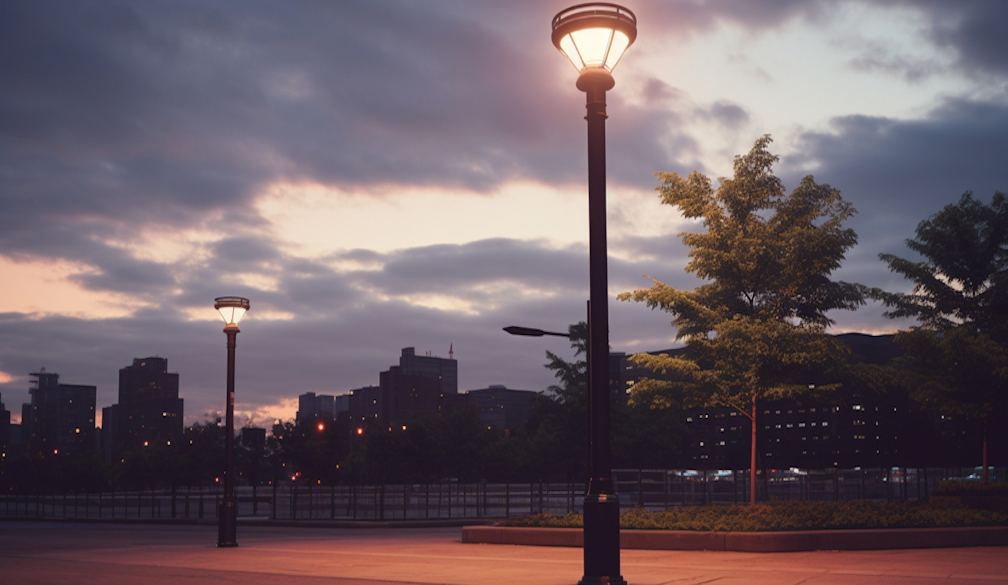Revitalising Urban Spaces Through Decorative Streetlight Pole Projects

In the modern urban landscape, the role of streetlight poles extends beyond mere illumination. Increasingly, cities around the world are embracing the concept of decorative streetlight pole projects to rejuvenate urban spaces, infuse them with character, and foster a sense of identity. These architectural marvels not only serve their primary purpose of lighting up streets but also contribute significantly to the aesthetic appeal and livability of neighbourhoods. In this article, we delve into the benefits of architectural-designed streetlight poles, their purpose, and the key considerations in implementing such projects.
Enhancing aesthetic appeal
One of the primary benefits of architectural-designed streetlight poles lies in their ability to enhance the visual appeal of urban environments. Unlike traditional utility poles, these artistic installations serve as landmarks and focal points, adding a touch of elegance and sophistication to streetscapes. Whether inspired by historical motifs, contemporary art, or local culture, decorative streetlight poles have the power to transform mundane thoroughfares into vibrant, visually stimulating spaces.
Fostering a sense of identity
Decorative streetlight pole projects play a crucial role in defining the unique identity of a city or neighbourhood. By incorporating elements of local history, culture, and architecture into their design, these installations serve as expressions of civic pride and heritage. Whether adorned with intricate patterns, sculptural elements, or symbolic motifs, each pole tells a story and strengthens the community's connection to its surroundings.
Creating vibrant public spaces
In addition to their aesthetic value, decorative streetlight poles contribute to the creation of vibrant public spaces that encourage social interaction and community engagement. By providing well-lit and visually appealing environments, these installations attract pedestrians, cyclists, and residents, thereby fostering a sense of safety and belonging. Moreover, they serve as platforms for public art initiatives, cultural events, and community gatherings, further enriching the urban experience.
Considerations in implementation
While the benefits of architectural-designed streetlight poles are undeniable, their successful implementation requires careful consideration of various factors:
- Integration with Urban Context: Streetlight pole projects should be harmoniously integrated into the existing urban fabric, taking into account factors such as architectural style, streetscape design, and historical significance.
- Durability and Maintenance: Given their exposure to the elements and potential for vandalism, decorative streetlight poles must be constructed from durable materials and designed for easy maintenance to ensure longevity and functionality.
- Accessibility and Safety: Considerations should be made to ensure that decorative streetlight poles comply with accessibility standards and do not pose any hazards to pedestrians, cyclists, or motorists.
- Community Engagement: Successful implementation of streetlight pole projects requires active involvement and input from local stakeholders, including residents, businesses, and community organisations, to ensure that the designs reflect the aspirations and needs of the community.
Decorative poles aren’t just for the aesthetics
In conclusion, decorative streetlight pole projects represent a powerful tool for revitalising urban spaces and creating inclusive, vibrant communities. By combining functionality with artistic expression, these installations not only illuminate streets but also illuminate the spirit of the city, fostering a sense of pride, belonging, and connection among its inhabitants. As cities continue to evolve and grow, the incorporation of architectural-designed streetlight poles will undoubtedly play a pivotal role in shaping the urban landscape for generations to come.







